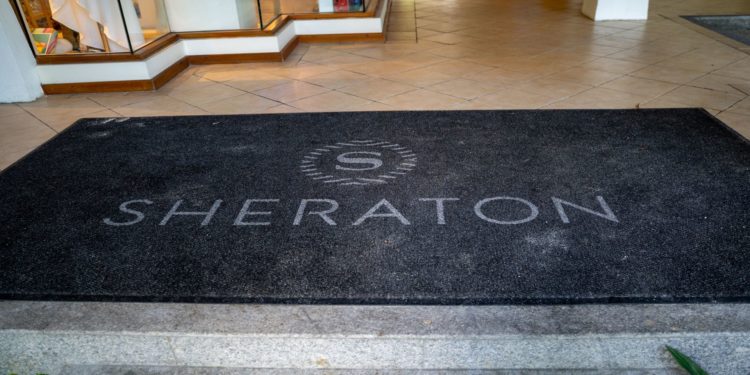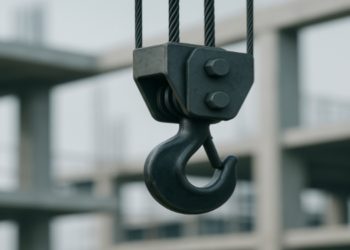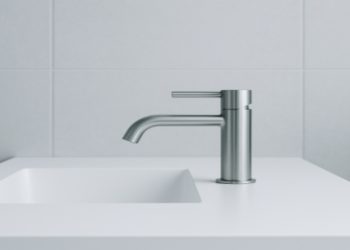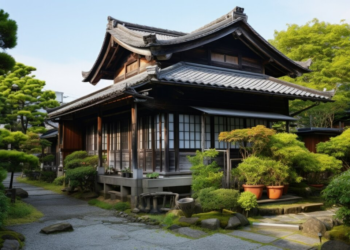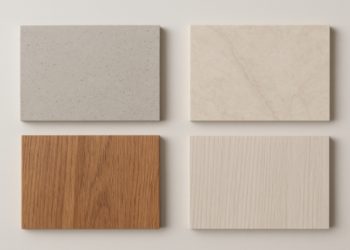There are many different entrance matting options available in the market today. They come in all shapes, sizes, and materials. This is why choosing the right entrance matting system for your building’s needs can be overwhelming.
Matting is an essential part of any entryway—it helps keep dirt, debris, and moisture from entering your building and wreaking havoc on its interior. So, while many people look at it as an added layer of protection, it serves a much more important purpose: keeping the floors of your building clean.
There are many different choices out there. This article will enlighten you about entrance matting systems, what they are, their benefits, their different types, and which ones might work best for you.
What Is An Entrance Matting System?
Entrance matting systems comprise the floor mats added to your entrance. While entrance mats are often just thought of as a piece of flooring, they serve a much more important purpose than just collecting dirt and debris. These mats are there to protect your floors and keep them clean. Whether you’re looking to avoid slips, spills, or accumulation of dirt and debris, they’re there to catch all that stuff before it can even get a chance to come into your building. They’re your first line of protection against unwanted elements.
Benefits Of An Entrance Matting System
- Quality of life: Having a clean, dirt-free floor can make a big difference in the quality of life in your building. Moreover, clean floors help promote a positive image for your company, which is especially important for businesses.
- Increased productivity: Another big benefit of a clean entranceway is increased productivity. If your workers are spending extra time cleaning up mess in the entrance, this means they’d be spending less time working on their actual responsibilities, which is the last thing you’d want to happen.
- Reduced maintenance: A clean entranceway will save you money in the long run by reducing the need to do frequent maintenance and repairs.
- Slip-and-fall prevention: Another significant benefit of entrance mats is slip-and-fall prevention. You’ve all seen the tragic headlines of workers falling and getting hurt on their way into the office. With entrance mats, you can reduce the risk of that happening.
- Reduced energy costs: Keeping your entranceway clean can help reduce energy costs. When your floors are clean, you don’t have to spend as much time using a vacuum or other electronic cleaning devices.
- Hygienic: A clean entryway can also benefit your health as it’s hygienic. Unwanted debris could be a breeding ground for bacteria. In this case, keeping your floors clean can go a long way in keeping your employees and guests safe.
Different Types Of Entrance Mats
- Mopping mats – These are what most people think of when they hear the word ‘mats.’ They’re great at catching dirt and moisture, and they can be used either wet or dry. They’re also typically relatively low-maintenance, although some require more extensive upkeep than others.
- Rubber mats – You can use rubber mats in a wide variety of settings, including indoors and outdoors. They’re great for high-traffic areas and can be used in wet or dry conditions. They’re, however, a bit more high-maintenance than mopping mats and require more upkeep.
- Rubber/vinyl mats – Rubber/vinyl mats are an excellent option for indoor use. They can be used both in wet and dry conditions, and are low-maintenance. They’re also relatively inexpensive, making them an ideal choice for businesses with a tight budget.
- Vinyl mats: Vinyl mats are another great option for indoor use. You can use them for both wet and dry environments. They’re also low-maintenance. They aren’t as sturdy as rubber/vinyl mats, but they’re great for lighter traffic areas.
How To Choose The Right Type Of Matting
- Create a budget: Before you shop for entrance mats, you’ll want to establish a budget. That way, you can ensure you’re finding mats that fit your available financial resources.
- Identify your needs: Once you’ve established a budget, you’ll want to consider your needs. What do you want to accomplish with your entrance mats? Are you looking to prevent slips and falls, or do you want to reduce the amount of dirt and debris that comes into your building?
- Consider traffic volume: It’s important to consider how busy the entryway will be. You want to factor in the traffic concentration plus the number of times people enter or exit the building.
- Consider environmental factors: You want to consider external factors when selecting an entrance matting system. Does the entryway come straight off the streets, or is it sheltered from wind and rain? Such factors will dictate if you want a mat that’ll cope with the harsher level of dirt and moisture.
- Size: An entrance matting system is the first point of contact and the first chance to stop dirt, debris, and moisture from being carried into the building. As such, you want to get the right size in terms of width and length. You should try to have all access points covered. This is because adequate coverage can guarantee that your entrance matting system can cope with the level of traffic.
Conclusion
Entrance mats are essential. They’re your first line of protection in keeping your building clean. They help prevent slips and falls, and save you money in the long run by reducing your need for maintenance and repairs. With so many different types of entrance mats out there, it can be challenging to know which one will work best for your requirements. Hopefully, this guide will help you select the right and best entrance matting system for your building.






















































